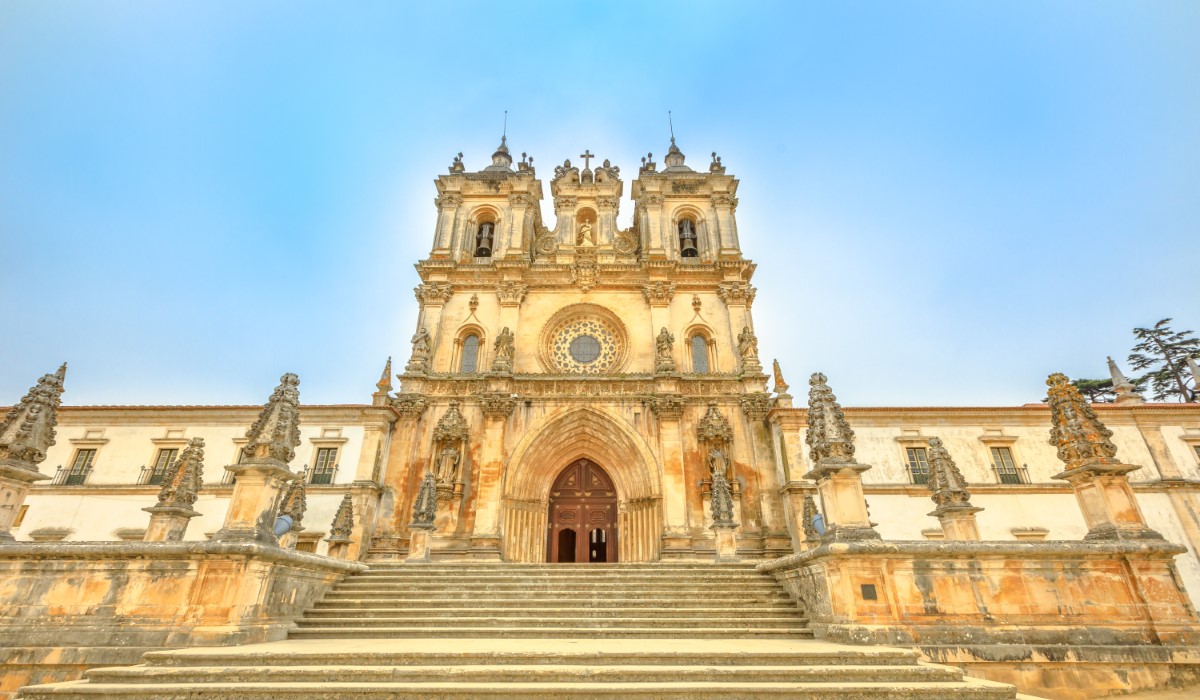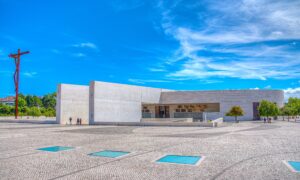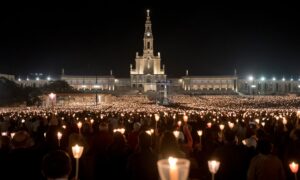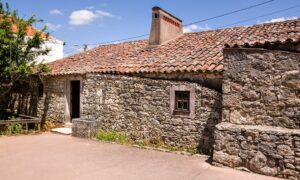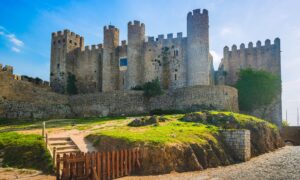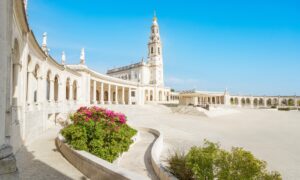Tucked away in the peaceful town of Alcobaça, Portugal, the Monastery of Santa Maria de Alcobaça is one of the country’s most revered religious sites and a UNESCO World Heritage Site. With its grandiose Gothic architecture, rich history, and the timeless love story of King Pedro I and Inês de Castro immortalized within its walls, Alcobaça Monastery is a must-visit for those traveling through central Portugal.
Established in the 12th century, the monastery played a vital role in shaping both the religious and cultural landscape of Portugal. From its impressive architecture to the tragic love story enshrined in its tombs, Alcobaça Monastery offers a journey through history, faith, and human emotion.
The History of Alcobaça Monastery
The story of the Alcobaça Monastery begins in 1153, when King Afonso I (Afonso Henriques), Portugal’s first monarch, donated land to the Cistercian Order as thanks for their assistance in the Reconquista—the Christian reconquest of Iberian territories from Moorish rule. The monastery was founded by St. Bernard of Clairvaux, the head of the Cistercian Order, and became the first Gothic building in Portugal, reflecting the Cistercian ideals of simplicity and austerity.
Construction of the monastery started in 1178, and it was completed in the early 13th century. Alcobaça quickly became one of the wealthiest and most influential monasteries in medieval Portugal. It played a significant role in the religious, political, and agricultural development of the surrounding region, with its monks overseeing vast estates.
Over the centuries, Alcobaça Monastery endured moments of both glory and hardship. It was plundered during the Portuguese Civil War in the 19th century, and the monastic community was dissolved in 1834 during the liberal reforms that secularized religious properties. Despite these challenges, the grandeur of Alcobaça Monastery has endured, and it remains a key symbol of Portugal’s religious heritage.
Architectural Highlights
The monastery is an exceptional example of early Gothic architecture in Portugal, with later additions reflecting the evolution of styles through the centuries. The focus on simplicity and clean lines, typical of the Cistercian Gothic style, lends the monastery a serene and powerful atmosphere.
Some of the architectural highlights include:
- Early Gothic Design: The monastery’s plain, white limestone façade may seem understated compared to other Gothic buildings, but its beauty lies in its simplicity. The design reflects the Cistercian ideals of humility and piety, eschewing excessive decoration in favor of clean, geometric lines.
- Romanesque and Baroque Elements: Over the centuries, modifications added other architectural styles, including Baroque touches, particularly in the elaborate portal and the monumental staircase.
What to See and Visit at Alcobaça Monastery
There are many fascinating areas to explore at Alcobaça Monastery. From the imposing central church to the peaceful cloisters, visitors can experience both the spiritual and historical significance of the site. Here are some of the must-see highlights:
1. The Church of Santa Maria
At the heart of the monastery is the Church of Santa Maria, one of the largest Gothic churches in Portugal. Its towering nave, with a height of nearly 20 meters, creates an awe-inspiring sense of scale. The interior is dominated by soaring columns and a high vaulted ceiling, creating a solemn and serene atmosphere ideal for contemplation and prayer.
- What to See: The sheer height and simplicity of the nave are breathtaking, and the minimal ornamentation is a reflection of the Cistercian order’s commitment to purity and humility. The church’s simplicity makes it a powerful place for spiritual reflection.
2. The Tombs of Pedro and Inês
Perhaps the most famous and poignant feature of Alcobaça Monastery is the tombs of King Pedro I and his beloved Inês de Castro. Their tragic love story is one of Portugal’s most enduring legends. Inês, a lady-in-waiting to Pedro’s wife, became his great love, but their affair angered the court, and she was murdered by Pedro’s father, King Afonso IV. After ascending the throne, Pedro famously declared Inês as his lawful queen, even though she had already died, and legend says he ordered her corpse to be exhumed and crowned.
The intricately carved tombs of Pedro and Inês lie in the church’s transept, positioned so that on the Day of Resurrection, the lovers will face each other. Their tombs are adorned with detailed carvings that depict scenes from their lives and the Last Judgment.
- What to See: The tombs are masterpieces of Gothic sculpture. Pedro’s tomb features detailed imagery of the Crucifixion, and Inês’s tomb is adorned with angels and symbolic figures. These works of art are poignant reminders of their tragic love story, adding a deeply human element to the monastery’s spiritual atmosphere.
3. The Cloister of Silence (Claustro do Silêncio)
The Cloister of Silence is one of the most beautiful and tranquil parts of the monastery. Built in the early 14th century during the reign of King Dinis, the cloister served as a place of reflection and meditation for the Cistercian monks. Its elegant two-story arcades, framed by Gothic arches, offer a peaceful retreat from the outside world.
- What to See: The cloister’s symmetry and simplicity are striking, and the gentle light filtering through the arches creates a serene atmosphere. Spend time walking around the courtyard, appreciating the calm that this area has provided for centuries.
4. The Chapter House (Sala do Capítulo)
The Chapter House was where the monks gathered to discuss the daily affairs of the monastery. It’s an impressive space, dominated by the royal tomb of King Afonso II, who is buried here. The room is marked by its high vaulted ceiling and sense of grandeur, despite the simplicity typical of Cistercian design.
- What to See: The large, vaulted space is an architectural marvel, and the royal tomb of Afonso II adds a sense of historical significance to the room. This is where important decisions regarding the monastery’s governance were made.
5. The Refectory
The Refectory is another essential part of the monastic life, where the monks took their meals in silence while listening to spiritual readings. The refectory’s impressive size and clean lines reflect the simplicity of the Cistercian lifestyle, and the adjoining kitchen is notable for its large chimney and medieval cooking facilities.
- What to See: The grand kitchen, which features an enormous chimney designed to handle the preparation of food for the entire monastic community. It’s an impressive sight and gives visitors a glimpse into daily life at the monastery.
6. The Dormitory
The Dormitory of the monastery was where the monks slept, adhering to the strict Cistercian vows of simplicity and austerity. The long, open space is marked by high ceilings and stone floors, emphasizing the order’s commitment to living a humble life dedicated to spiritual practice.
- What to See: The open-plan dormitory is a fascinating look into monastic life, and it highlights the Cistercians’ dedication to simplicity and discipline.
The Legacy of Alcobaça Monastery
Throughout its history, Alcobaça Monastery has been a symbol of Portugal’s religious, cultural, and artistic development. The monastery’s importance extended beyond its religious role—it also served as an agricultural and educational center, influencing the surrounding region.
In the 19th century, however, the monastery was dissolved during the liberal reforms that secularized many religious institutions in Portugal. Despite this, Alcobaça Monastery remains a powerful symbol of faith and devotion. Its architectural beauty, historical significance, and the emotional story of Pedro and Inês make it one of the most cherished historical sites in Portugal.
Conclusion
The Alcobaça Monastery is a place where history, spirituality, and architectural beauty converge. From its soaring Gothic church to the deeply moving tombs of Pedro and Inês, this monastery is a place of reflection and inspiration. Visitors can walk through centuries of history, experiencing the serene atmosphere that has drawn pilgrims and visitors alike for generations.
Whether you’re visiting for its historical significance, its architectural splendor, or simply to connect with a place that has stood as a symbol of faith for nearly 900 years, Alcobaça Monastery is an essential destination for anyone exploring Portugal’s rich cultural and religious heritage.

